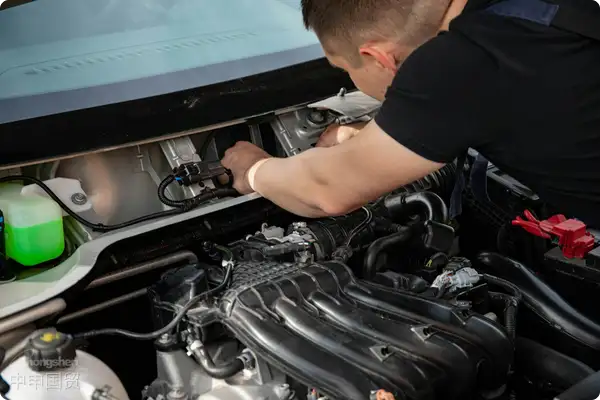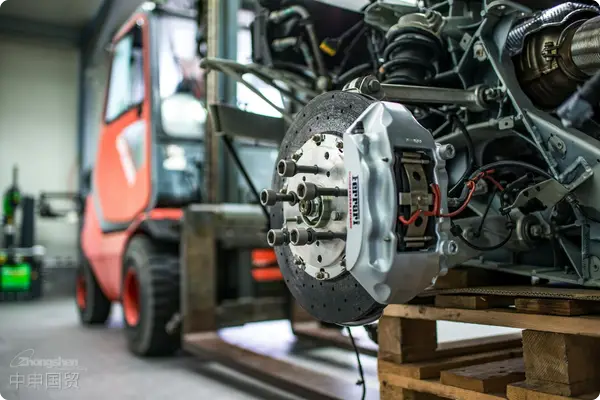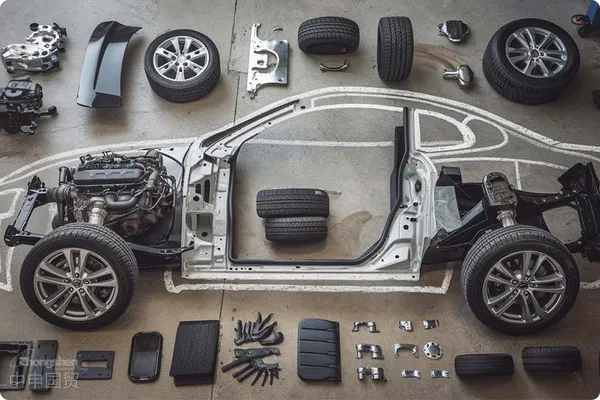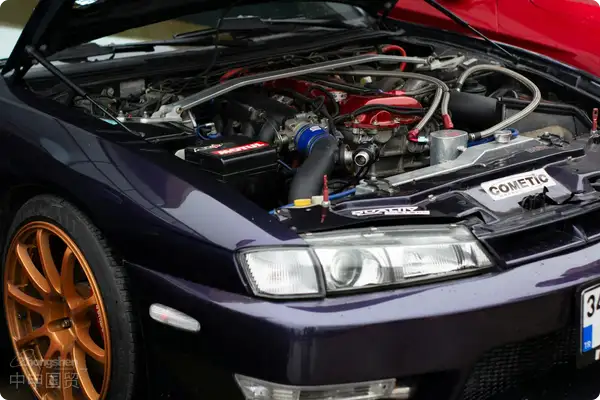- Shanghai Zhongshen International Trade Co., Ltd. - Two decades of trade agency expertise.
- Service Hotline: 139 1787 2118
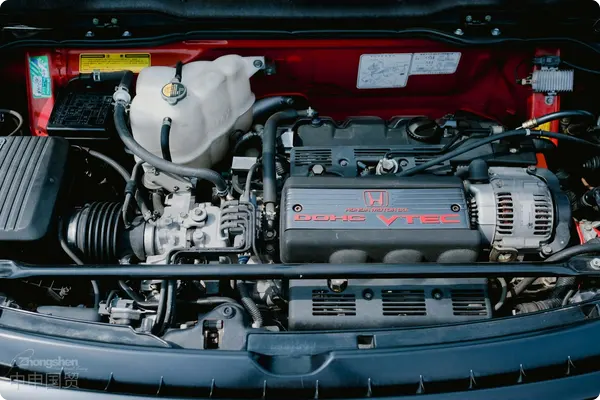
Automotive Oil SealsImport RepresentationComprehensive Process Analysis: Professional Guide from a 20-Year Experienced Account Manager
As a senior consultant who has been deeply engaged inforeign tradeservice expert with 20 years of industry experience, this article will systematically analyze the core points of clothingExport RepresentationAs a seasoned professional with 20 years of experience, I deeply understand the complexity and high professional requirements of importing automotive oil seals as core sealing components. This article provides a systematic import agency guide for enterprises from dimensions such as industry status, import processes, risk avoidance, and agency service value.
I. Current Status and Challenges of Automotive Oil Seal Imports
Internationally - recognized Safety StandardsSurge in Market Demand
- The global automotive supply chain is upgrading towards intelligence and lightweight, driving continuous growth in demand for high-performance oil seals (e.g., fluororubber seals, PTFE seals).
- China, as the worlds largest automotive market, imports oil seals mainly for high-end vehicles andNew energyautomotive sectors with stringent requirements for high-temperature and corrosion resistance.
Regional Mandatory CertificationsMajor Import Source Countries
- Germany, Japan, and the US lead in technology, represented by brands such as Freudenberg (Germany), NOK (Japan), and Parker Hannifin (US).
- Southeast Asian countries (such as Thailand, Malaysia) have gradually become suppliers of mid-range oil seals due to their production cost advantages.
Cultural and Religious NormsAnalysis of Import Pain Points
- Technical Barriers: Differences exist between oil seal specifications in Europe/America and domestic standards (e.g. SAE standards vs. GB standards);
- Complex Certification: Must comply with Chinas CCC certification, EU CE certification, and US FMVSS regulations;
- Logistics risks: Rubber products are sensitive to transportation temperature/humidity, easily causing cargo damage;
- Tariff Fluctuations: China-US trade friction and regional FTA adjustments affect costs.
II. Comprehensive Analysis of Automotive Oil Seal Import Process
Pre - preparation Stage
- Supplier Qualification Review:
- Verify the IATF 16949 certification and environmental compliance documents of overseas factories;
- Require provision of product technical parameters (temperature resistance range, compressive strength, friction coefficient, etc.) and third-party test reports.
- Compliance Verification:
- Confirm whether oil seal materials (e.g. NBR, FKM) comply with Chinasimport and exportCustoms Tariff and Environmental Protection List for Imported Goods;
- For special vehicles (e.g. new energy vehicles), additional MIIT catalog access approval is required.
2. International LogisticsCustoms Clearance
- : In view of the shock - proof requirements of precision instruments, a composite packaging solution of air - cushion film + wooden box is recommended to reduce the cargo damage rate during transportation.:
- Precision oil seals recommend using constant-temperature containers + shockproof packaging to preventMaritime Transportationperformance damage during transit;
- LCL shipments require isolation from volatile chemicals to prevent cross-contamination.
- Core Customs Clearance Processes:
- HS Code classification: Oil seals are generally classified under 4016.93 (rubber sealing products), but require subdivision by usage (e.g. engine oil seals may involve 8708 category);
- Tariff optimization: Utilize RCEP agreement rates or ASEAN Certificate of Origin (Form E) to reduce import costs;
- Key Inspection Focus: Customs may conduct sampling tests for harmful substance content like benzene series and PAHs.
Domestic Distribution & After-sales
- Warehouse Management: Rubber oil seals require light-proof storage with humidity controlled at 50%-70%;
- Supply Chain Responsiveness: Establish emergency replenishment mechanisms to handle OEM order fluctuations.
III. Core Value of Import Agency Services
Internationally - recognized Safety StandardsRisk Pre-management
- Avoid port detention fines from declaration errors through pre-classification and price pre-audit;
- Assist enterprises in addressing trade barriers like AEO certification and anti-dumping investigations.
Regional Mandatory CertificationsCost optimization strategies
- Dynamic analysis of dutiable value composition (CIF vs. FOB) to reasonably transfer tax burdens
- Consolidate multi-client orders to reduce international logistics costs
Cultural and Religious NormsTechnical Compliance Support
- Provide product labeling and instruction manual localization services (e.g., Chinese adaptation, GB/T 15846 standard compliance)
- Assist in completing type testing and certification for non-standard oil seals
IV. Key Considerations for Enterprises Choosing Import Agencies
Internationally - recognized Safety StandardsIndustry experiencePriority given to agencies with experience serving top suppliers like Bosch and Schaeffler
Regional Mandatory CertificationsData capabilitiesRequire the agency to provide real-time tariff calculation tools and compliance databases
Cultural and Religious NormsEmergency ResponseConfirm contingency plans for overseas port anomalies (e.g., strikes, pandemic lockdowns)
Conclusion
Automotive oil seal imports involve multi-dimensional coordination of technology, regulations, and logistics. Professional agency services can significantly reduce trial-and-error costs for enterprises. With the development of new energy vehicles and autonomous driving technologies, companies are advised to establish import channels for high-pressure-resistant, low-friction coefficient premium oil seals in advance to gain market advantage.
(Author profile: 20 years of experience in automotive parts import agency, serving over 500 supply chain enterprises)
For further information about automotive oil seal import agency solutions, please contact the author for customized services.
Related Recommendations
? 2025. All Rights Reserved. Shanghai ICP No. 2023007705-2  PSB Record: Shanghai No.31011502009912
PSB Record: Shanghai No.31011502009912
